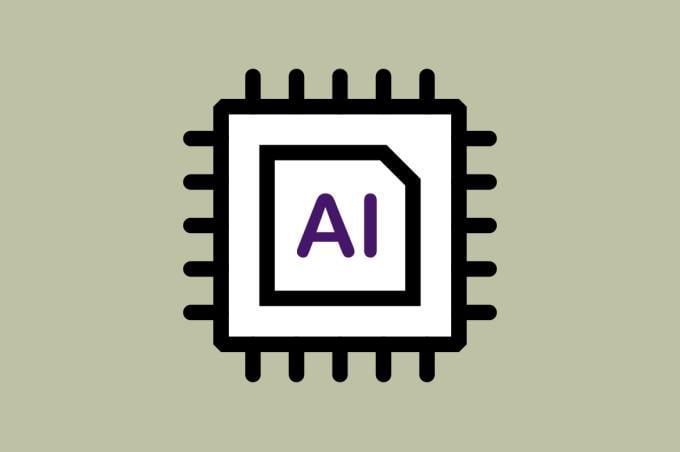A. Jay Holmgren, PhD, MS, has focused much of his research efforts on an apparently simple yet vexing characteristic of the contemporary physician office: too many messages in the doctor’s inbox that gobble up too much time.
In 2020, he led a study published in JAMA Internal Medicine comparing EHR metadata of 371 health systems in the U.S. and other countries, partnering with Epic Systems, a large vendor that has clients worldwide.
“We came to them [Epic] with a study proposal and asked: Can we get data from both your U.S. clients as well as your international clients and compare? Because there are so many things that are unique to practicing medicine in the United States,” said Holmgren, an assistant professor of medicine in the University of California, San Francisco (UCSF) medicine department and its Center for Clinical Informatics and Improvement Research.
Holmgren and his colleagues used Epic’s Signal dataset, a metadata aggregation tool, to draw comparisons on EHR event log data.
What they found was a higher EHR burden among U.S. doctors.
In an episode of the “AMA STEPS Forward® Podcast,” Holmgren joined Christine Sinsky, MD, the AMA’s vice president of professional satisfaction, to discuss the usefulness of EHR metadata in evaluating inbox problems and potential interventions.
CC’ing leads to inbox overuse
The study with Epic revealed that U.S. physicians get three times more inbox messages compared with their peers around the world.
Several things are driving this: The U.S.’s early adoption of patient portals, overuse of system-generated or prescription messages, and the practice of CC’ing on all communications with other physicians on a care team.
A surprising data point that doesn’t have intuitive face validity to most physicians was the finding that U.S. physicians spend just 13 minutes per day in their inbox. Holmgren explained that the study took place before COVID-19, before messaging skyrocketed. In addition, grouping all physicians together masked the true burden. Most importantly, because the time clock as measured by Epic’s Signal platform stops after five seconds of inactivity, this measure of time is likely a considerable underestimate of actual time, perhaps by a factor of two to three.
Surgical colleagues spend a lot less time looking at messages than do primary care physicians or medical oncologists, Holmgren noted.
To reduce inbox volume and system messages, the AMA recommends practices that tamp down on CC overuse. Physicians, for example, should only CC notes if there is a specific ask of the receiving physician, said Dr. Sinsky.
The AMA’s Electronic Health Record Use Research Grant Program began in 2019 to identify patterns in EHR use that may detract from patient care. The AMA has awarded more than $2 million in grants to 26 organizations over the years to study a variety of EHR-use topics.
Patient portal demand the new normal
Another study Holmgren conducted on COVID-19’s impact on physician EHR use yielded surprising findings about patient medical advice requests.
These requests rose dramatically during the onset of the pandemic, by 57%. The concerning factor is this percentage has yet to decline, said Holmgren. Patients now assume they can contact their physician anytime through the portal.
“It looks like this is also part of our new normal, where we have an extremely elevated level of patient demand for this type of asynchronous messaging care,” he observed.
These requests represent the costliest inbox message type in terms of physician time.
Health systems haven’t built the mechanisms to make this additional workload manageable for physicians, said Dr. Sinsky. “I’ve seen data that maybe 10% to 30% of inbox messages are patient medical advice requests, but the time per message is much greater for the medical advice requests than it is for others,” she said.
Find out with AMA resources how to take a system-level approach to EHR inbox reduction (PDF).
Inbox data on gender and specialty
Holmgren, in other studies, has looked at patient medical advice request trends by gender and medical specialty. Inbox messages have no even distribution, he said. It falls the hardest on primary care physicians, other specialists such as oncologists, and female physicians.
Additional research has found that physicians who decrease their clinical hours end up increasing their inbox time. They reduce their appointment time, but more care gets pushed to the virtual patient portal, said Dr. Sinsky.
Learn more with this AMA STEPS Forward toolkit on EHR inbox management.
Strategies to manage the inbox
Leveraging a competitive research grant from AMA, Holmgren has sought to find effective practice strategies for improving inbox management.
UCSF’s decision in 2019 to defer inbox work to nonphysician staff provided the backdrop for this research. “This gave us a great natural experiment to look at what happens when you’re able to use more team-based support to triage these messages,” he explained.
For clinics that did staff up, physicians were involved in resolving only 15% of inbox messages, compared with 90% in those that didn’t.
Dive deeper with the AMA STEPS Forward Taming the EHR Playbook.




